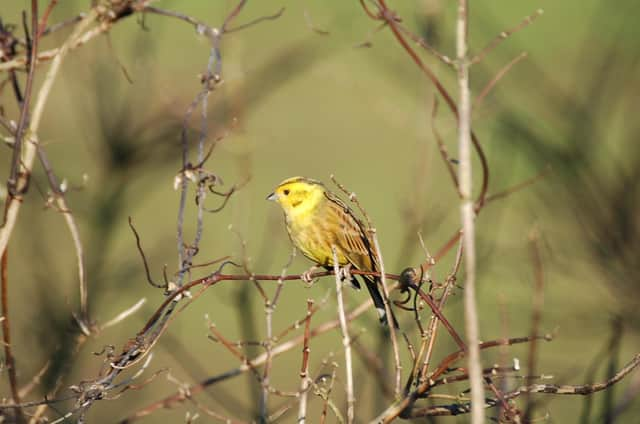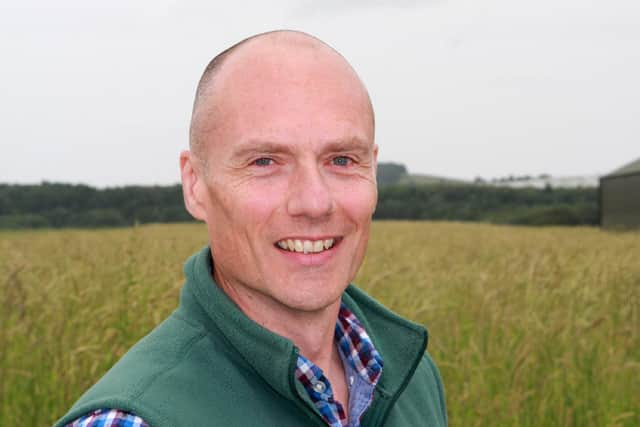Hedging bets when it comes to carbon - Dave Parish


And work is underway now to bring hedgerows back and promote and enhance them on farms and elsewhere because of the benefits they deliver in capturing and storing carbon too.
Hedges are efficient at sequestering carbon because of their three- dimensional structure and GWCT, supported by a Government grant in England, is developing a Hedgerow Carbon Code which will become the quality assurance standard for hedgerows and generate independently verified hedgerow carbon credits.
Advertisement
Hide AdAdvertisement
Hide AdThis new ‘matrix’ will allow accurate calculation of any hedge according to its plant species, height, width, length and depth below ground. Carbon also builds up on the soil surface through hedge leaf litter and is drawn down and stored in the soil by earthworms.


But a careful balance must be struck in that the introduction of attractive schemes for farmers to manage their hedgerows, improve them and plant more for carbon must pay dividends for wildlife too.
Defra’s report Wild Bird Populations in the UK 1970-2016 showed that farmland bird species have been hit hard in the last 40+ years, with corn bunting, grey partridge, turtle dove and tree sparrow identified as being in “strong decline”. Generalist species too, including yellow wagtail, kestrel and greenfinch, once common over farmland, are also struggling.
The Scottish Government has contributed in excess of £32 million through the SRDP to create some 2,700 km of on-farm hedgerows. And GWCT, whilst pressing for more action, has developed a bank of science tracking how habitat – hedges, field margins and woodland – provides food and cover for birds and wildlife - brown hares and bats for example. This work is being undertaken at GWCT’s Allerton project where the Hedgerow Carbon Code is being developed, and at our Scottish Demonstration Farm at Auchnerran.
Good hedges take up to 10 years to become properly established and, cut to an ‘A shape’, provide shelter and allow the growth of herbaceous plants beneath. Wider hedges deliver more benefits for both biodiversity and for carbon storage than tall ones. And the field margins below the hedge provide valuable food, shelter and nesting cover for grey partridge, yellowhammers, warblers, whitethroat and other species,
And we shouldn’t forget the visitors too. The hawthorn’s dark red berries might be staple diet for blackbirds and thrushes but they also can be stripped completely by foraging winter visitors such as redwing and fieldfare coming to the UK to escape the bitter cold of Russia and Scandinavia.
To find out more contact GWCT Advisory Service, t: 01738 551511, e: [email protected] or visit www.gwct.org.uk/scotland/
Dr Dave Parish, Head of Lowland Research, Scotland, Game & Wildlife Conservation Trust
Comments
Want to join the conversation? Please or to comment on this article.